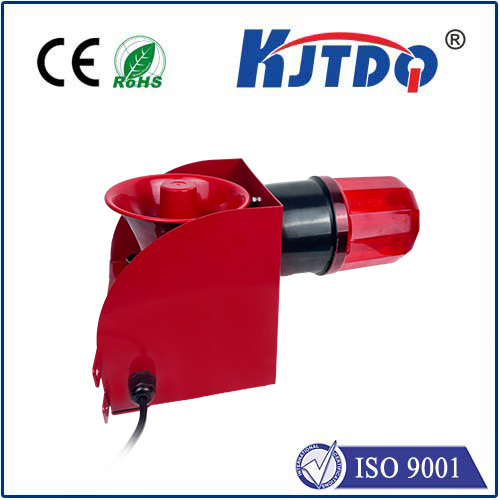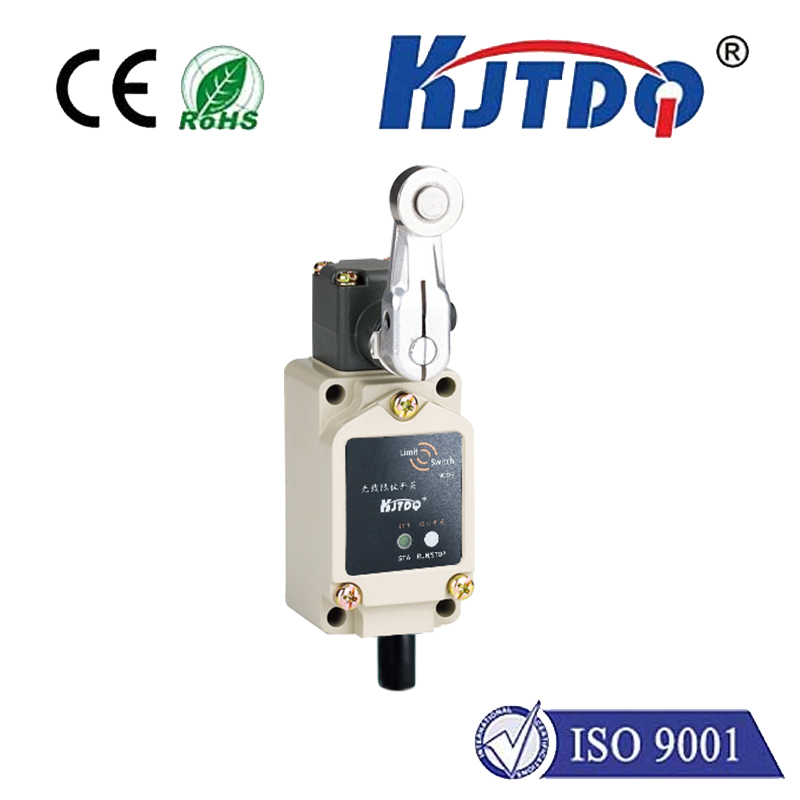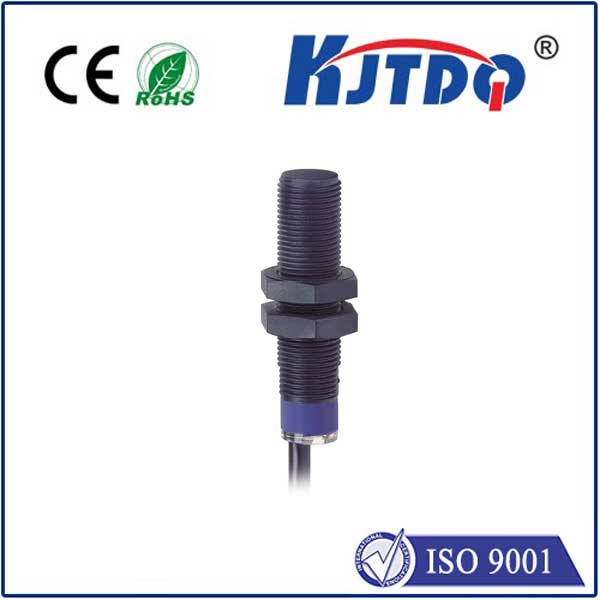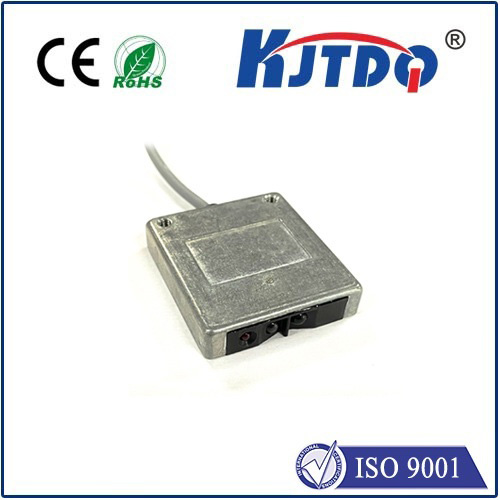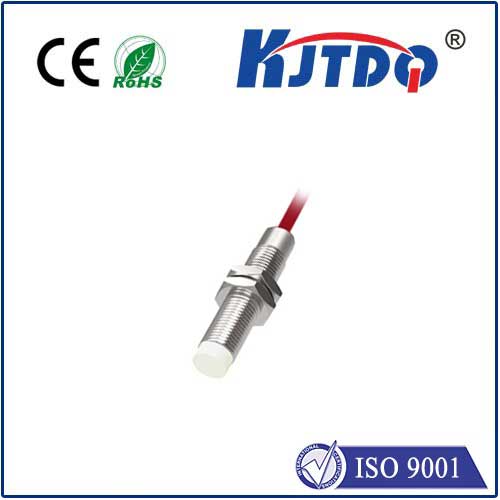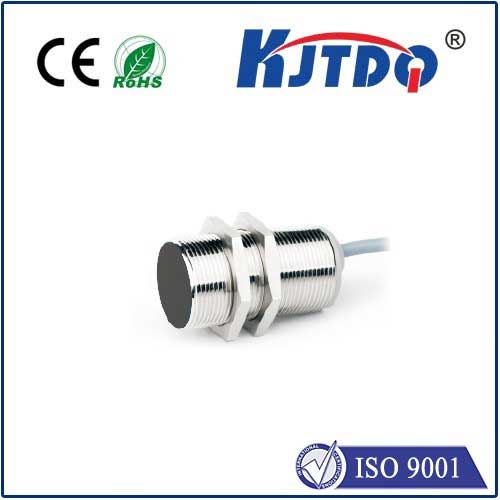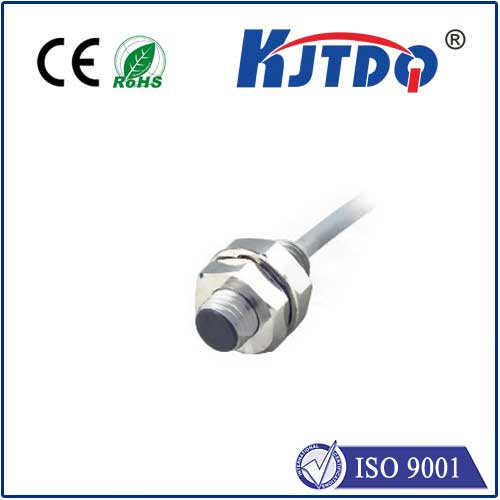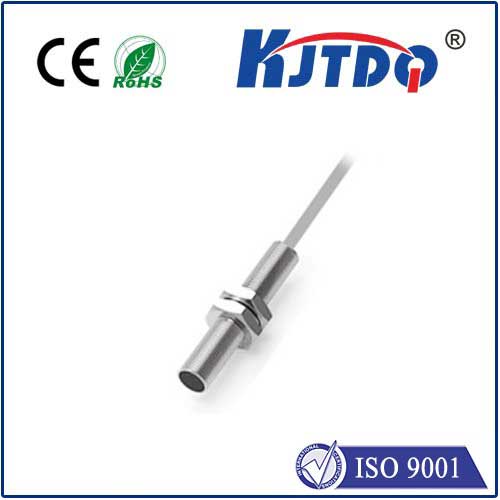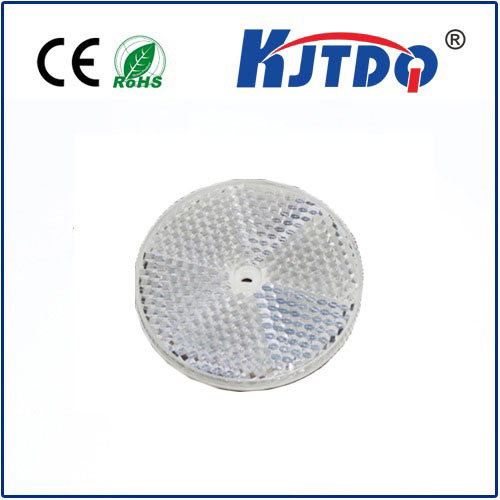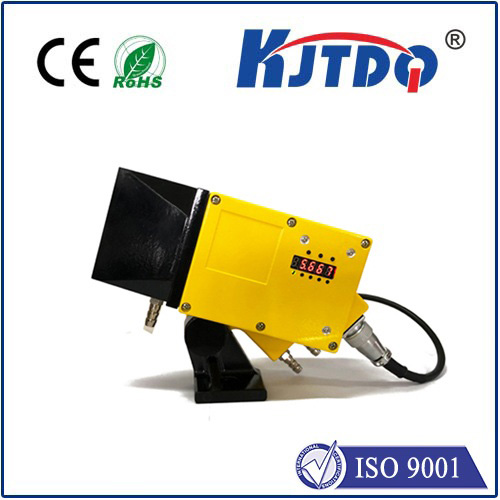
check

check

check

check
Body:
In recent years, environmental concerns have intensified, and the protection and preservation of our natural resources, particularly our water bodies, have taken center stage. Among the numerous tools employed for monitoring and preserving water quality and quantity, water proximity sensors stand out as an innovative technology with significant potential to enhance our understanding of water systems and improve their management. This article delves into the workings of water proximity sensors and their importance in ensuring the sustainability of our water resources.
Water proximity sensors are devices that detect and signal changes in the proximity of water bodies. They work by using electromagnetic or ultrasonic waves to sense the presence of objects that may be hazardous to water quality or quantity. These sensors can identify a variety of pollutants, including chemicals, plastics, and metals, allowing them to effectively monitor and control the levels of contaminants in waterways.
One major advantage of using water proximity sensors is their ability to provide real-time information about the state of water bodies. By continuously monitoring water parameters, these devices help ensure early detection and intervention, which can prevent more severe damage to the environment. Furthermore, their non-intrusive nature enables them to operate alongside existing infrastructure without disrupting normal operations. This makes them an essential tool for maintaining the delicate balance between human activity and environmental health.
Another crucial aspect of water proximity sensors is their ability to function in harsh environments. Unlike traditional sensors that can be affected by temperature variations, water proximity sensors are designed to operate reliably in a wide range of temperatures, from icy cold to boiling hot. This makes them suitable for use in aquatic ecosystems, where other types of sensors may not perform as well. Additionally, they are resistant to physical damage, making them ideal for use in remote or inaccessible areas.
The use of water proximity sensors has already been adopted in various applications, such as wastewater treatment plants, fish farms, and naval operations. In wastewater treatment plants, these sensors help detect and remove pollutants before they enter nearby rivers or lakes, protecting the surrounding ecosystem. In fish farms, they ensure that fish are grown in healthy conditions while minimizing the risk of pollution. Meanwhile, for naval operations, these sensors help safeguard seawater quality and prevent oil spills.
In conclusion, water proximity sensors hold immense potential as key tools in promoting environmental sustainability and safeguarding our water resources. As we continue to face growing environmental challenges, incorporating advanced technologies like these into our monitoring and management strategies will be crucial in preserving our planet's precious ecosystems.
